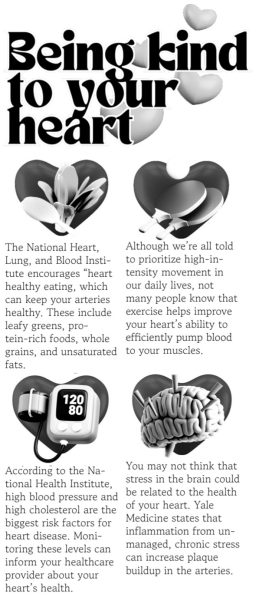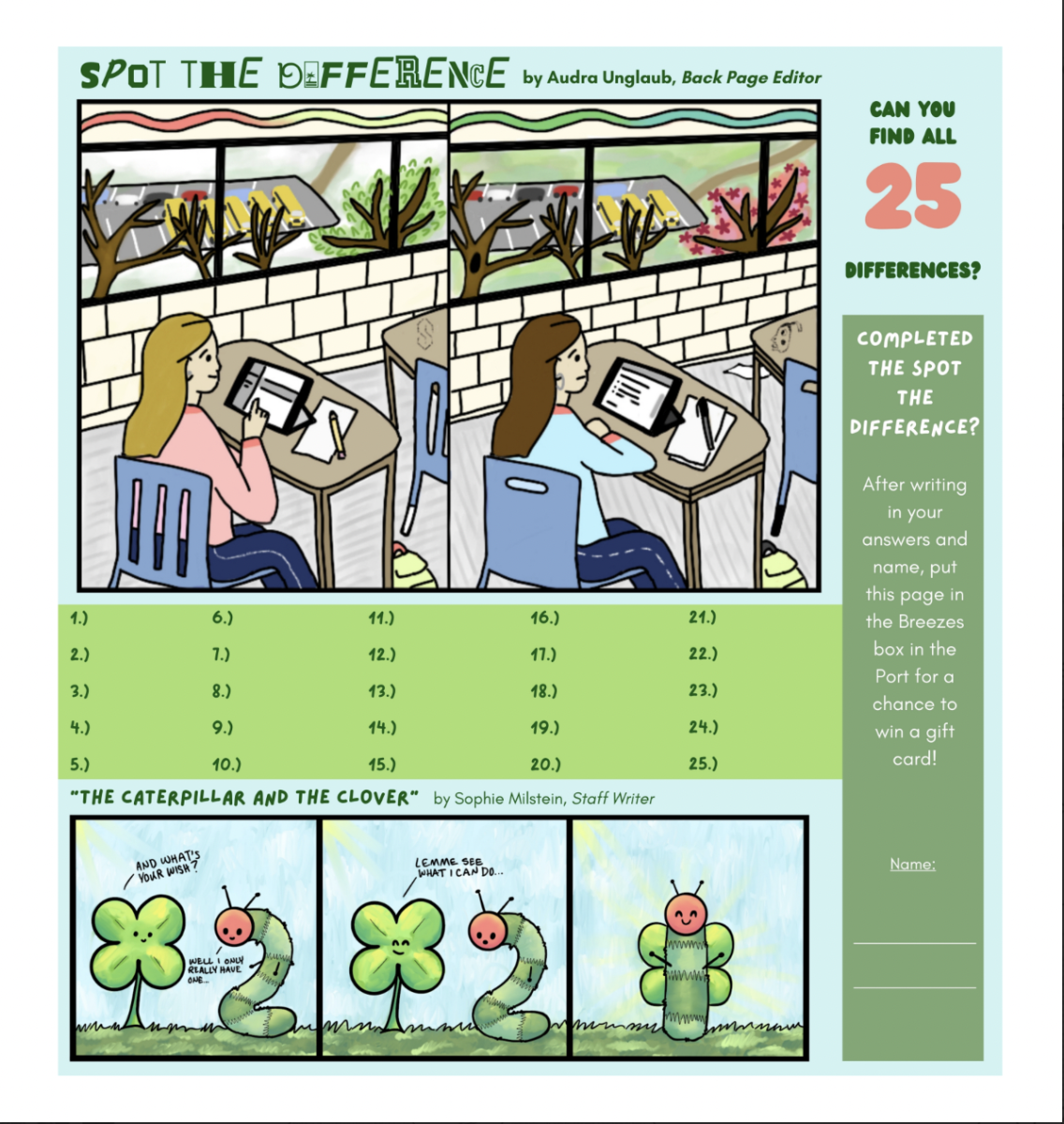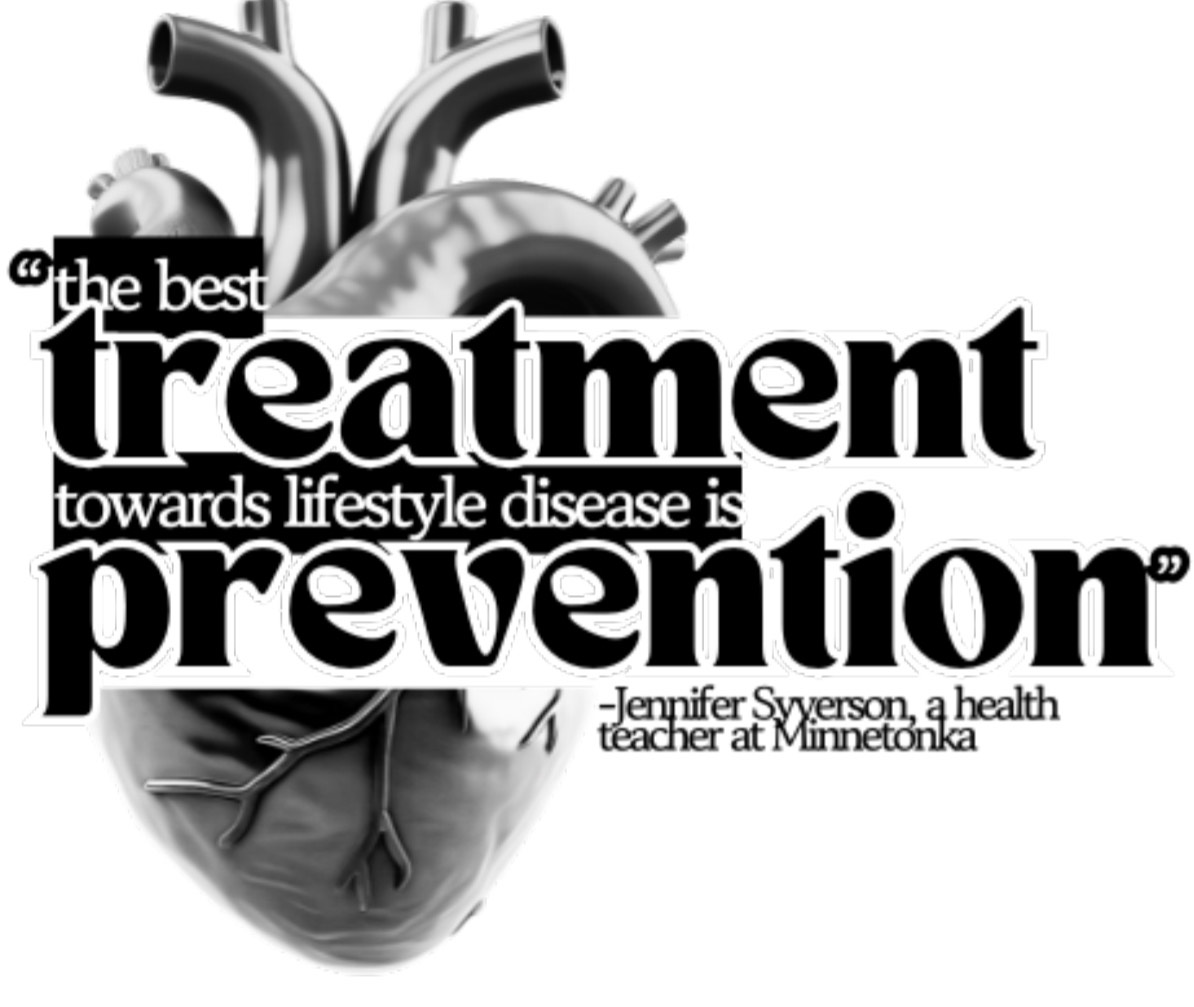With New Year’s resolutions relating to health beginning to wane, American Heart Month serves as a timely reminder to prioritize a healthy lifestyle to protect heart health.
Jennifer Syverson, a health teacher at Minnetonka, stated that “it is important to raise awareness around health because most people will be touched by heart disease, either for themselves or someone they love. For teenagers, the habits you are creating now will carry into adulthood and the best treatment for lifestyle diseases is prevention.”

Heart disease is an umbrella term for cardiovascular conditions such as including coronary artery disease, heart attacks, heart failure, arrhythmias, and stroke, and is currently the leading cause of death among Americans, with roughly 1 in 5 deaths relating to cardiovascular conditions. To combat this, in 1964, President Lyndon B. Johnson established American Heart Month in February to encourage heart disease prevention and support those living with cardiovascular conditions.
Since then, the American Heart Association and other health organizations have worked to educate the public on preventive measures for cardiovascular-related conditions. These organizations aid in educating on the risk factors associated with heart disease, such as high blood pressure (also known as hypertension), high cholesterol, diabetes, obesity, smoking, physical inactivity, and an unhealthy diet. Although some risk factors, including age and genetics, cannot be changed, there are several lifestyle shifts and preventative strategies to combat heart disease. These include eating a healthy diet, regular exercise, monitoring blood pressure/cholesterol, managing stress, and getting enough sleep.
During this month, groups work to raise awareness through social media, charity events, and educational campaigns. For example, “step” challenges with friends are a fun way to get more movement into one’s daily life and try new healthy recipes weekly to limit processed food intake. Syverson also expressed that the health department works to make innovative measures for heart disease more accessible and well-known by providing “lessons about lifestyle, drug use, stress management, and nutrition, which are all contributing factors of heart disease.” Furthermore, she communicated that they will “run a [CPR] certificate training through the Red Cross Club,” which is a great way to better understand an emergency response to critical cardiac conditions.
Additionally, many communities celebrate heart disease in women on the first Friday in February (which is Feb 7th this year) by wearing red since heart disease is often not as recognizable in women, and therefore, underrepresented. While heart disease in women can present as chest discomfort, many symptoms go unnoticed including increased fatigueand shortness of breath.
Therefore, it is important to take some time this February to educate yourself and a loved one on heart disease risks and prevention as it is increasingly prevalent in American society.































